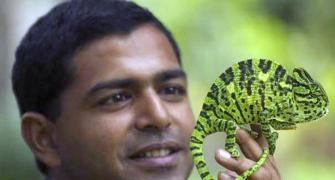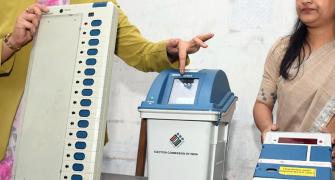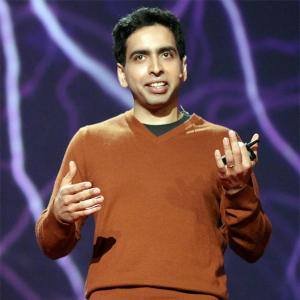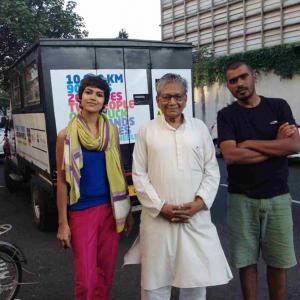In 2010, he won the President’s medal for inventing Avaz for people with disabilities.
In 2013, the MIT Technology Review named him one of the top global innovators.
On April 2, World Autism Day, Ajit Narayanan explains how Avaz has transformed the lives of many autistic children across the world.
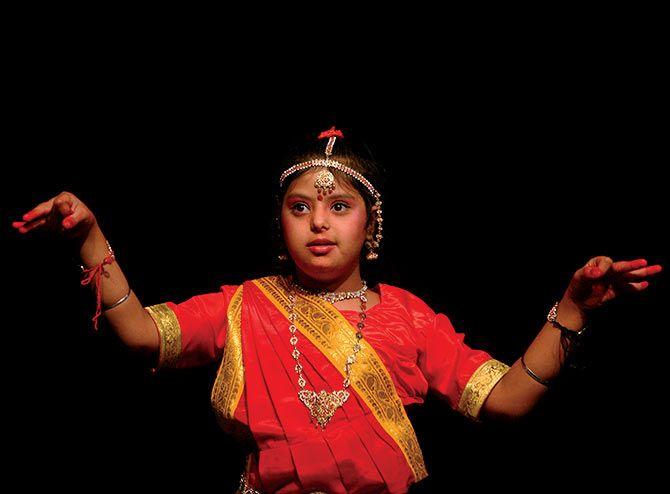
When he founded Inventions Lab in 2007 with a few friends, Ajit Narayanan knew there was one thing his company would definitely do -- help children with cerebral palsy.
Within three years, that dream came true.
Avaz was initially designed as a device but found more visibility, and acceptance, when it was converted into an app. While only 50 units of the device were sold in the initial months after its launch, the Avaz app has seen over 30,000 downloads.
Its scope too has expanded; Avaz now gives voice to children affected with autism and developmental disability.
In 2010, he won the President’s medal for inventing Avaz for people with disabilities. The MIT Technology Review gave Narayanan -- who had moved to the US in 2003 but chose to return -- the Innovator of the Year award for empowering those with speech disabilities in 2011 and, in 2013, it named him as one of the top global innovators.
Innovation Lab’s latest app, Free Speech, can be used to learn and communicate in many languages. Ever since it was launched in February 2016, it has been the number one app on the Apple Store, says Narayanan.
Narayanan has clearly come a long way since Rediff.com met him in 2010.
On April 2, World Autism Day, he tells Shobha Warrier/Rediff.com how Avaz has transformed the lives of many autistic children across the world.
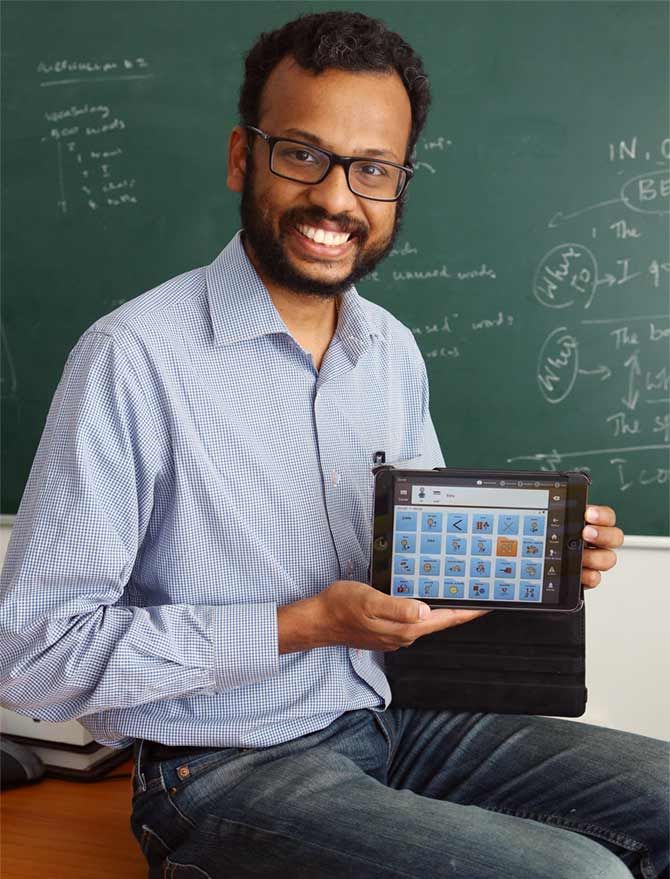
From hardware to software
When we first made Avaz, it was a hardware device aimed at children afflicted with cerebral palsy. It was not easy running a hardware business where sales were slow. Then, the tablet revolution happened.
Immediately, we decided to move from hardware to software and converted the device into an iPad app. It took us six months but we were available on the app store by the end of 2012.
Within a month, we sold more than what we had done in an entire year; we had sold only around 200 devices in India by that time.
This was mainly because, when we put it on the app store, people from anywhere in the world could download and use it.
A sensation in the US
The iPad was a revolution and Avaz was one the first apps in its category to be available in the market.
In India, we had to create a demand for our app. In the US, the demand already existed and the US government was our biggest customer.
In the US, if a child is born with autism, the government has an obligation to purchase whatever is good for the child so that she/he can have normal education. They are constantly on the lookout for products that will help autistic children.
Though there were some competitors when we entered the market, we were able to do quite well. Our product was priced at $200, which was Rs 10,000 then; this was quite low as compared to devices that were available for Rs 5 lakhs.
Though we had conceived of Avaz as a device that would help children with cerebral palsy, we found it works for children with autism too.
When our app became much sought after in the US, we chose to concentrate on autism. One in 66 children in America is autistic, so autism is a high priority area there.
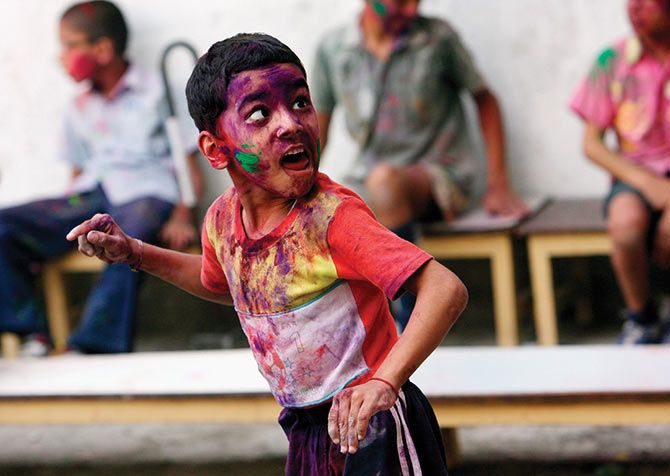
Laurels from MIT
The response from those who started using our app in the US has been phenomenal. We got excellent press and some awards.
Every year MIT releases a list -- the MIT TR 35 -- of 35 innovators under the age of 35 who will change the world. In 2012, I was named by the MIT Technology Review as the Innovator of the Year from India; in 2013, I was named one of the top global innovators.
In 2013, I was also invited to give a TED Talk about the Avaz app at the main TED conference in California.
How Avaz helps
Whether you are disabled or not, pictures are a universal way to communicate. Look at our earliest history; we have seen images painted and carved on caves and stones by ancient man.
Most children with autism have difficulty understanding the abstraction in language and communication. We use pictures that are not abstract and children are able to use them as references and communicate.
When they pick the picture of, say, a dog, Avaz says, Dog. They can also sequence pictures to construct sentences and thus say what they want to.
After doing exhaustive research on the words frequently used by us, especially children, we have created around 14,000 pictures in the app. The beauty of the app is that users can add their own symbols like the names of people. Avaz is like a real voice for an autistic child.
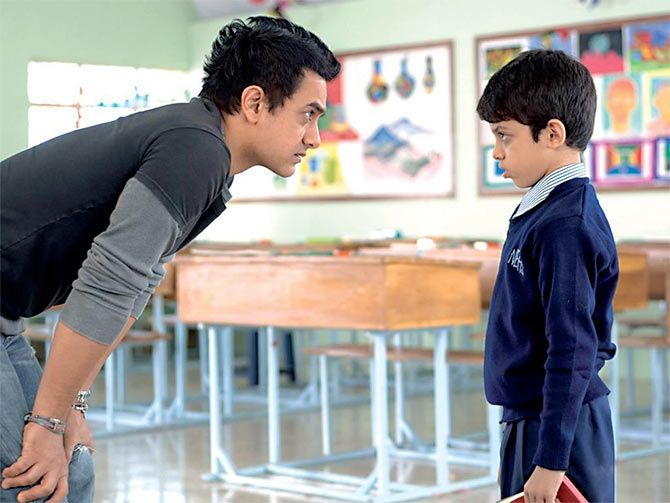
Little success in India
Though we worked hard to see that it worked in multiple languages like English, Hindi, Tamil, etc, the app was not accepted in the Indian market. One reason could be that, while the government purchases it in the US, individuals here have to buy it for their children.
Another reason is that this concept is new in India. In the US, thousands of children use apps like this. People there know how their lives have changed dramatically because of such an app. In India, inclusion is still a distant reality.
Even parents do not know the potential their children can have with a technology like Avaz. Many parents are sceptical, thinking communication is not that important for their child. On the other hand, in the US, people have been using such devices for 30-40 years and have become role models for society. Stephen Hawking is one example.
Another problem India faces is that we do not have qualified speech therapists to help even if a parent buys the app. There are only 2,000 speech therapists in India, while one city in America has more than 2,000 speech therapists. They patiently train the children to use the app. That is the kind of support system they have.
With the right ecosystem (like the US), we could see our technology being used to its fullest potential. We saw children reaching several milestones with the help of Avaz. They even went to regular classrooms and competed with other children.
Seeing the situation in India, we came up with a training module for parents in 2014 so that they could play the role of the speech therapist viz the app. We also conduct training programmes for parents and teachers in India.
We have finally been able to convince the Tamil Nadu government to buy the app for government schools that accept special children.
Today, India is where the US was 30-40 years ago but I am sure it will not take us long to bridge that gap.
From US to Europe
Now, we have 30,000 children across the world getting a voice though Avaz, of which 25,000 are in the US.
The research we had done to add Indian languages to the app has helped us expand to the European market.
The first European language we added was Danish. I was in Denmark for a conference and met with a person who headed the Autism Society there. After listening to Avaz, she said, “I can’t believe that children in India have better technology than the children of Denmark.” She wanted me to make Avaz available in Denmark. With her help, we translated everything to Danish.
Today, the app is also available in French, Spanish, Italian and Swedish.
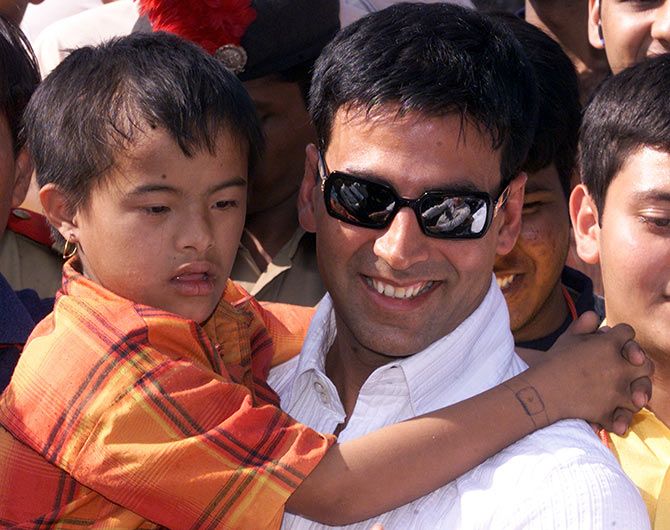
Early intervention is essential
By the time a child is two, we can find out if he/she suffers from autism.
We target Avaz at children because it is essential they get quality intervention at a very young age to help them develop their speech. It is difficult for them to get these skills at a later stage.
By two, children start talking and that is the ideal age to start with the app.
Now, Free Speech
We realised we could not use pictures to communicate a complicated message or sentence. It can be very challenging to communicate an entire thought in a sentence using pictures.
That inspired me to invent a new technology called Free Speech. By using Free Speech, anyone can use pictures to communicate in entire sentences and not just words.
In this app, you arrange pictures so that they give meaning to what you want to express. Then I came up with an algorithm that converts the meaning to the language that people want to communicate in.
This is a powerful tool using which anybody can communicate in any language he/she wants. It took a lot of effort and time.
We launched Free Speech, priced at $10, in February 2016 on the Apple app store. In no time, it became the number one app in the App store across all categories and all countries.
Who benefits from Free Speech?
People with dyslexia and those who are deaf can use this app. It can also be used by anyone to learn languages. We already have the Chinese version of Free Speech ready. You can speak and learn Chinese with the help of English and vice versa.
We plan to include other languages soon. The idea is to show the languages a computer can speak.
Though we started Free Speech with the aim of giving autistic children grammatical capabilities, we soon realised its potential went beyond that. In fact, it was at my TED Talk in 2013 that I realised its real potential.
Avaz and Free Speech cater to different markets. Besides autistic children, we are looking at people who want to learn a different language.
Free Speech’s growth will be faster than that of Avaz. In one month itself, there are thousands of downloads and we have made lakhs of rupees!
Today, Innovation lab is doing quite well. We have 15 people working for us, an office in Chennai and one in the US.
As a socially impactful company, we measure our success through the number of people we have impacted than the revenue we earn.

